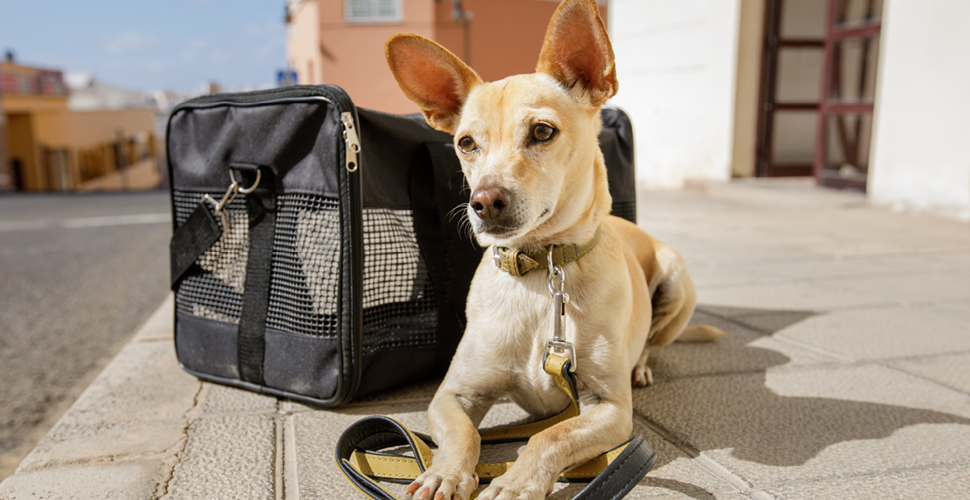Vet visits are some of the most stressful times in your pet’s life. And let’s be honest, they’re not exactly a walk in the park for you either. Between other pet parent’s anxious pets, the poking and prodding, and the sterile environment it’s no wonder pets hate the vet. If your pet struggles with vet anxiety, they’re not alone. As pet parents ourselves, we’ve learned a thing or two on how to keep our own pet’s vet anxiety down.
These are our personal favorite top tricks and tips for keeping your pet happy (or at least calm) at the vet.
Practice at Home
Practice makes perfect and vet visits with your pet are no exception. Before you even get to the vet your pet usually knows something is up. The carrier or special harness comes out, the tone of your voice changes, the light from the outside comes in at a slightly more ominous angle. All these subtleties your pet can pick up on and deduce that they’re likely going somewhere they’re not going to like.
Practicing at home can help ease your pet’s anxiety and make the subtleties seem more like routine rather than an abnormal occurrence. Leaving out their special carrier, harness or any other accessories associated with vet visits will reduce negative associations your pet has with these items. If car rides are stressful for your pet, then opt to take casual car rides more often. Hit up a drive-through or visit a new dog park to help your pet get used to the car and not think of it as the scary-place mobile.
Walk Around the Building Before the Appointment
It’s a big world and there are a lot of smells. Did you know that your dog’s nose can “see” through smell over 3,000 miles away? Scary, right? So now you have a better understanding of why all of those smells in and around the vet spike their stress levels. Giving your pet a chance to acclimate through smell prior to walking into the vet’s office can help your pet feel less anxious about their visit. A quick walk around the building gives your pet a chance to sniff the smells and have a quick anxiety bathroom break before heading inside. It also reduces the opportunity of your pet having to sit in the waiting room surrounded by other anxious pets.
Keep Treats in Your Pocket
Nothing like a little positive reinforcement to make things go smoothly, right? If your pet is struggling with staying calm at the vet, bring some treats! You aren’t reinforcing bad behavior by giving them a treat and besides, don’t you remember getting ice cream when you were a kid after getting your shots? Treats help to refocus your pet and positively reinforce the vet’s office. If they know they’re going to be getting lots of treats at the vet’s office they’re likely going to be a little more willing than usual to go.
Use an Anxiety Aid
When all else fails, use an anxiety aid. Doggy anxiety aids are typically used as a last resort as they can make dogs groggy, loopy, and just overall not themselves. Your vet can prescribe your dog a specific anxiety aid for their weight or you can try a natural alternative like CBD for pets. Be sure to speak with your vet before trying any at-home, natural remedies especially if your pet is on any other additional medications.
Find a Vet Who Makes House Calls
When all else fails, find a vet who will come to you. The smells, other nervous pets, and the sterile environment of most vet offices can spike your pet’s stress levels. Vets who make house calls give your pet more opportunities to remain calm as they will remain in a familiar environment. Vets who make house calls are ideal for pets who are and aren’t nervous. The convenience factor alone is enough to convince most pet parents to make the switch.


